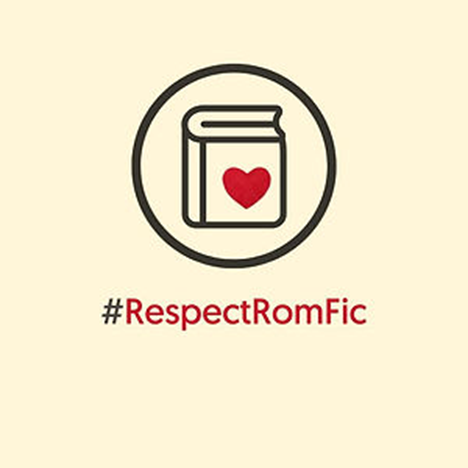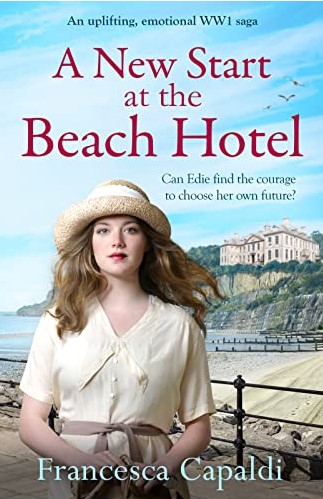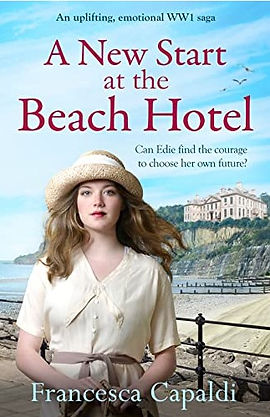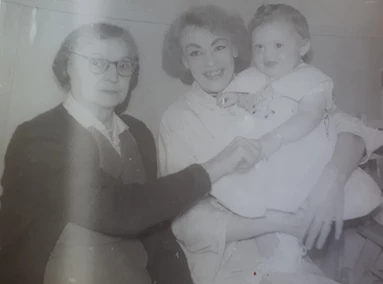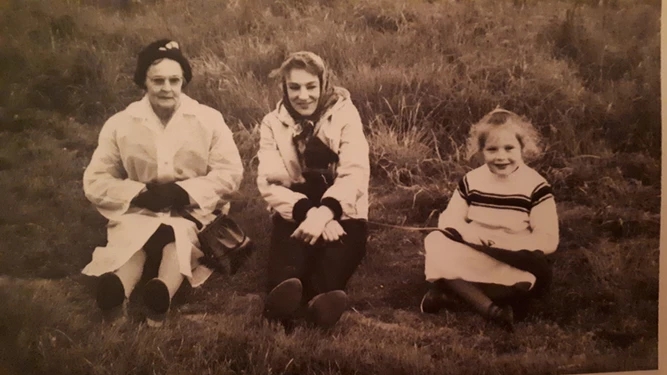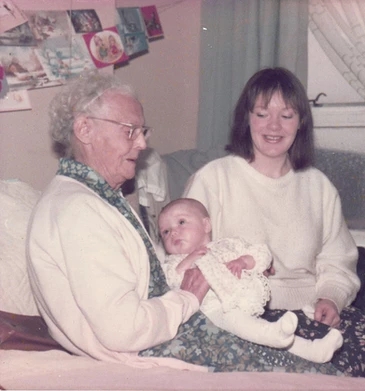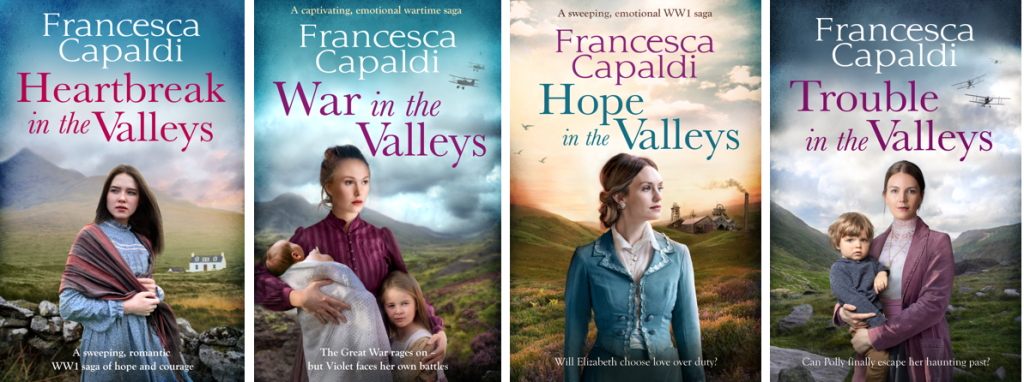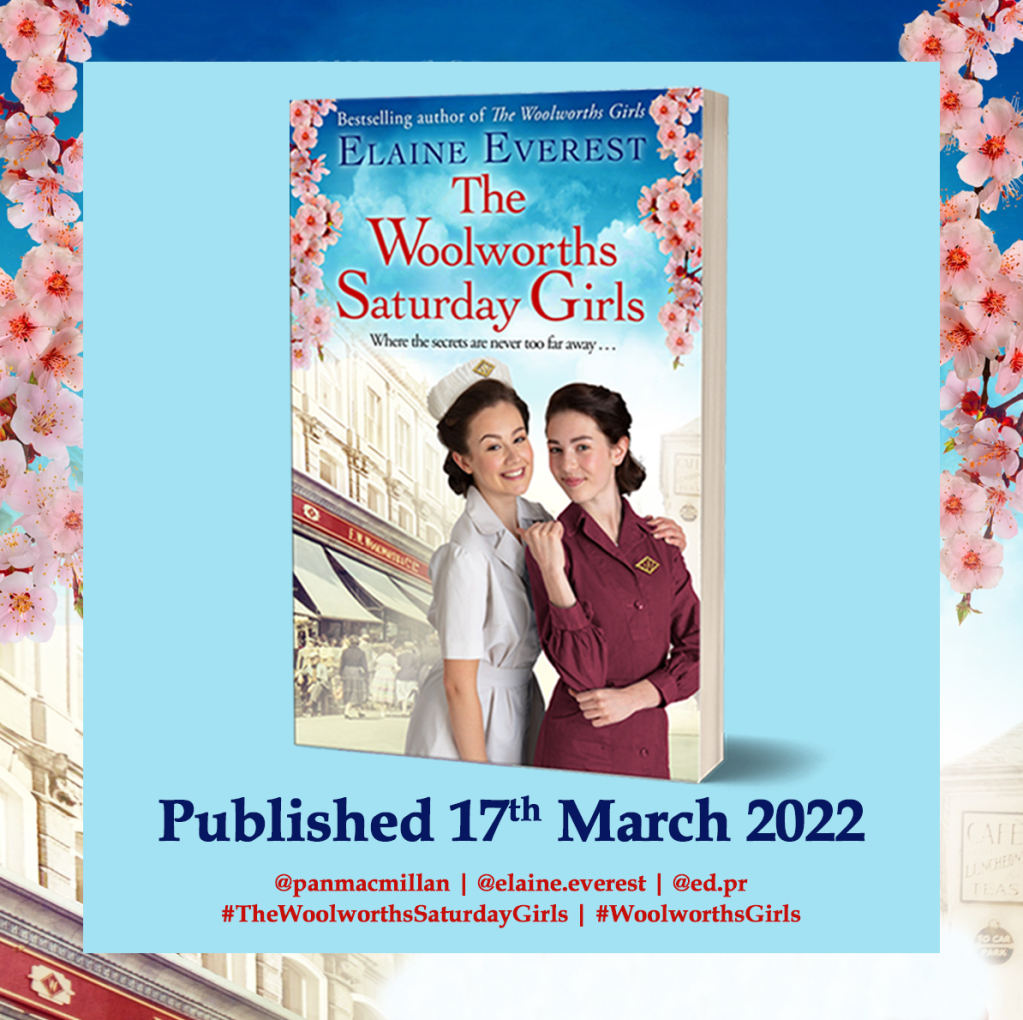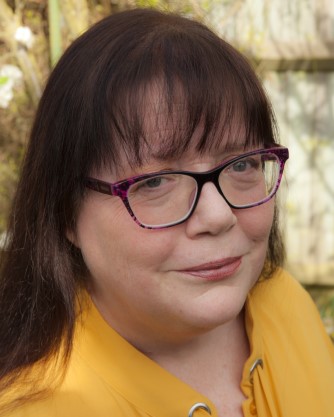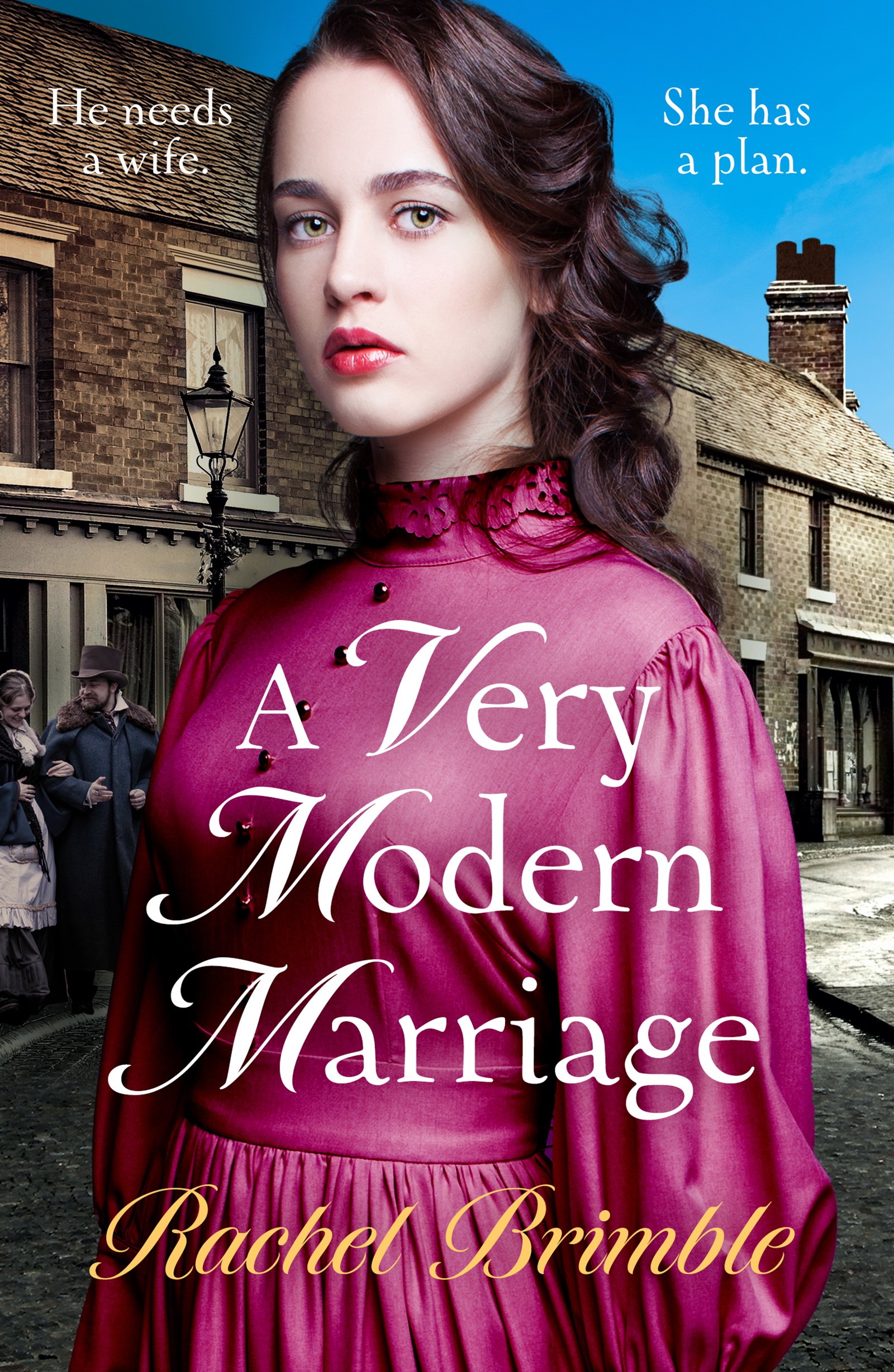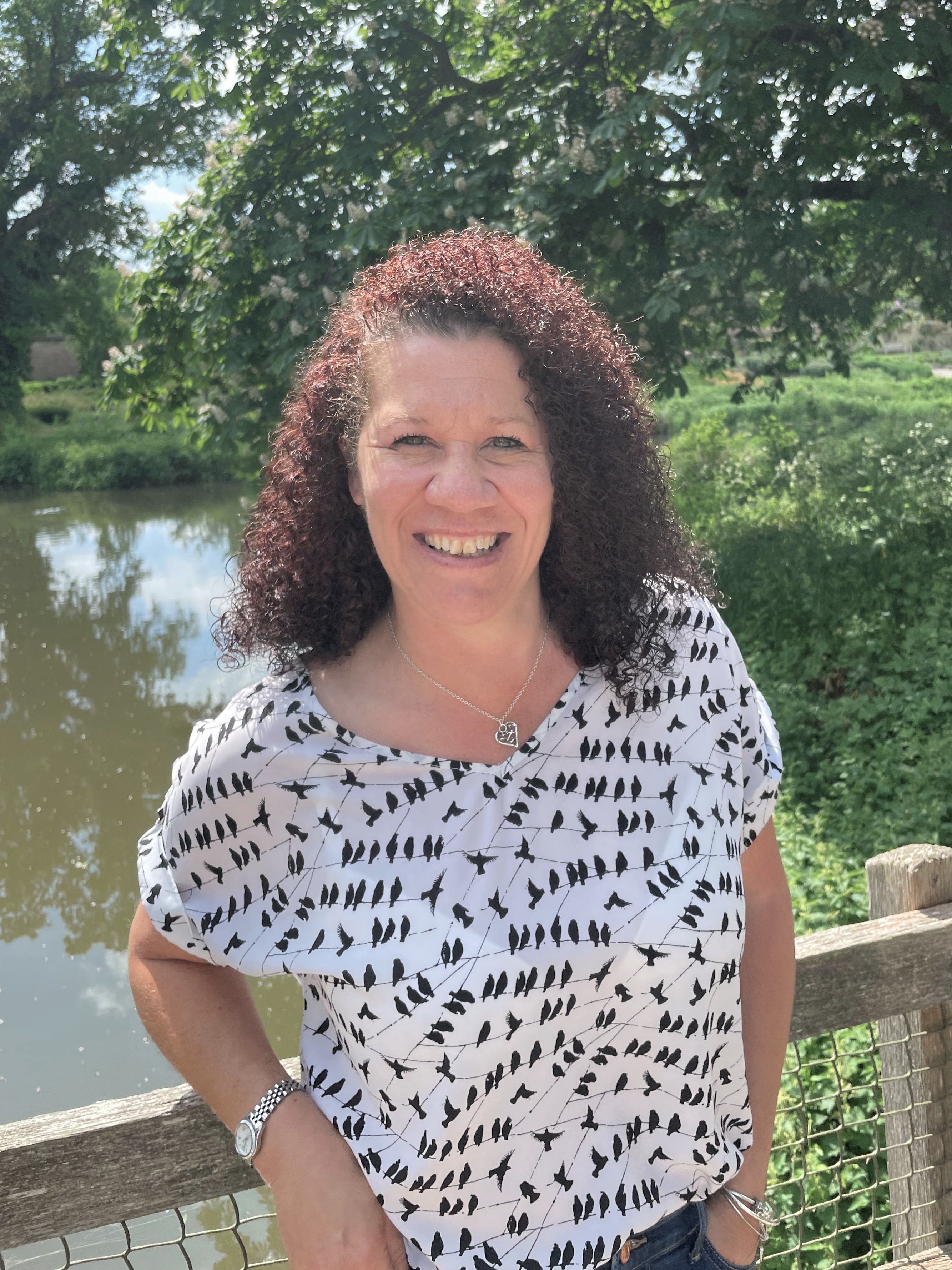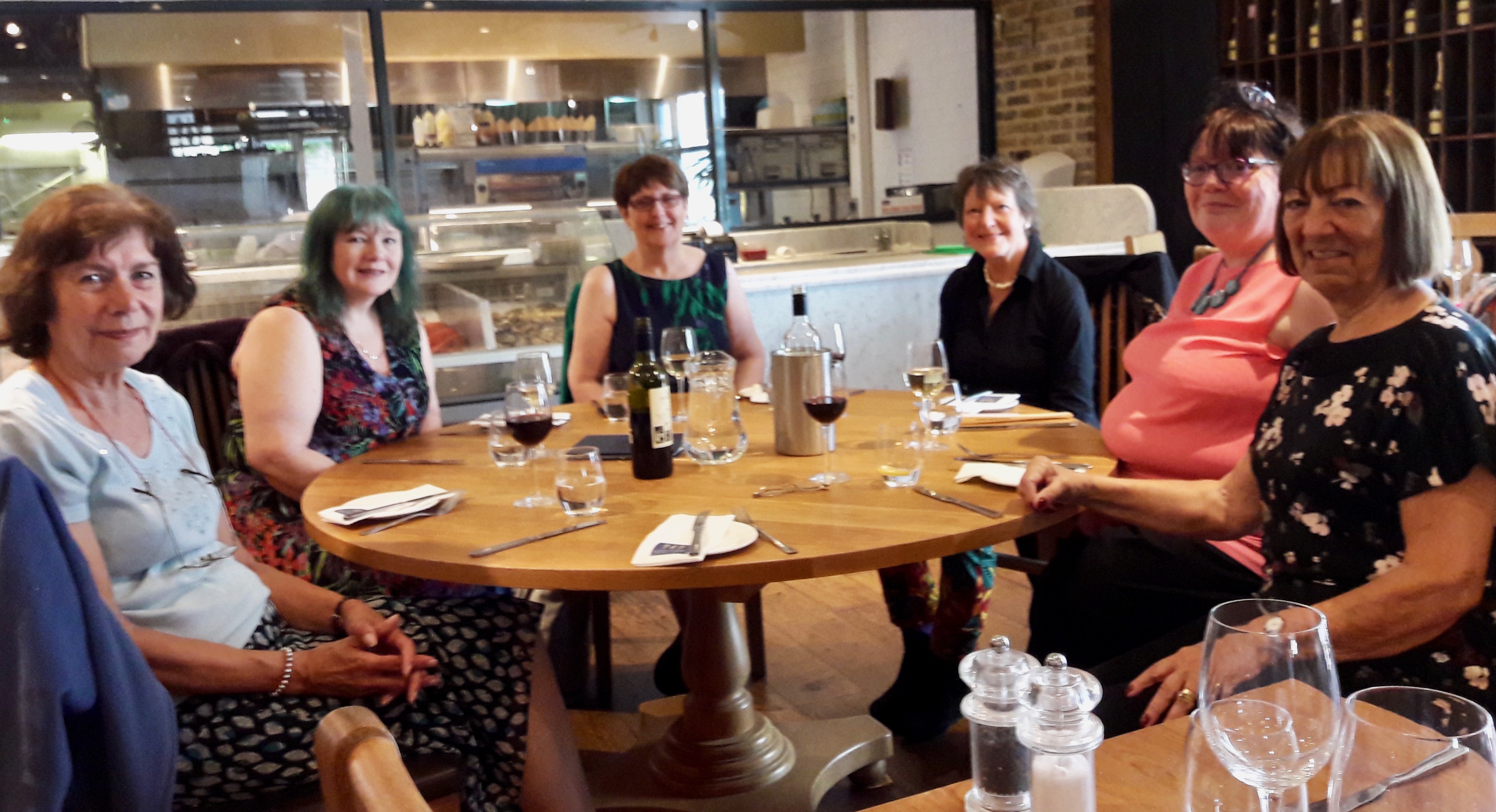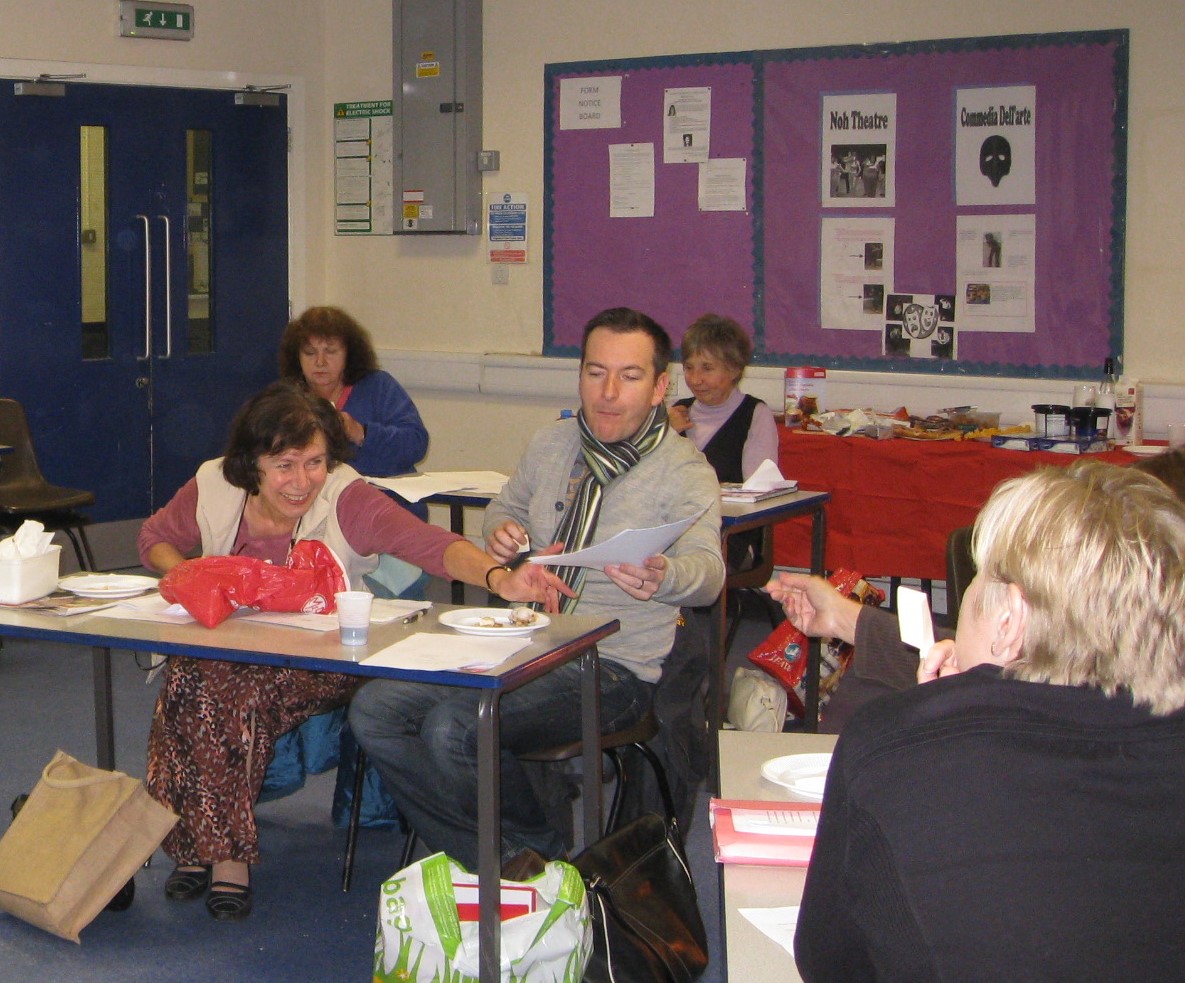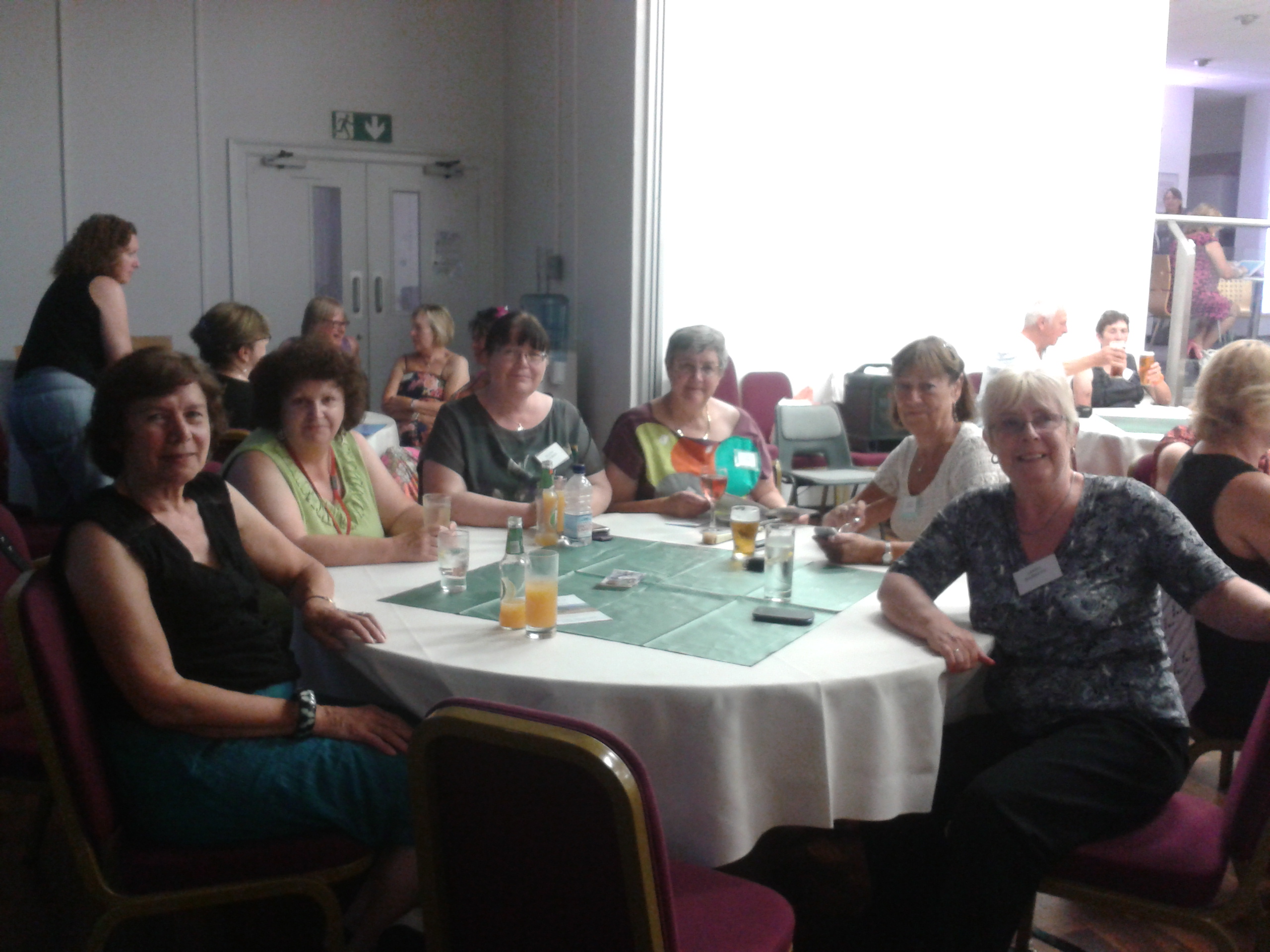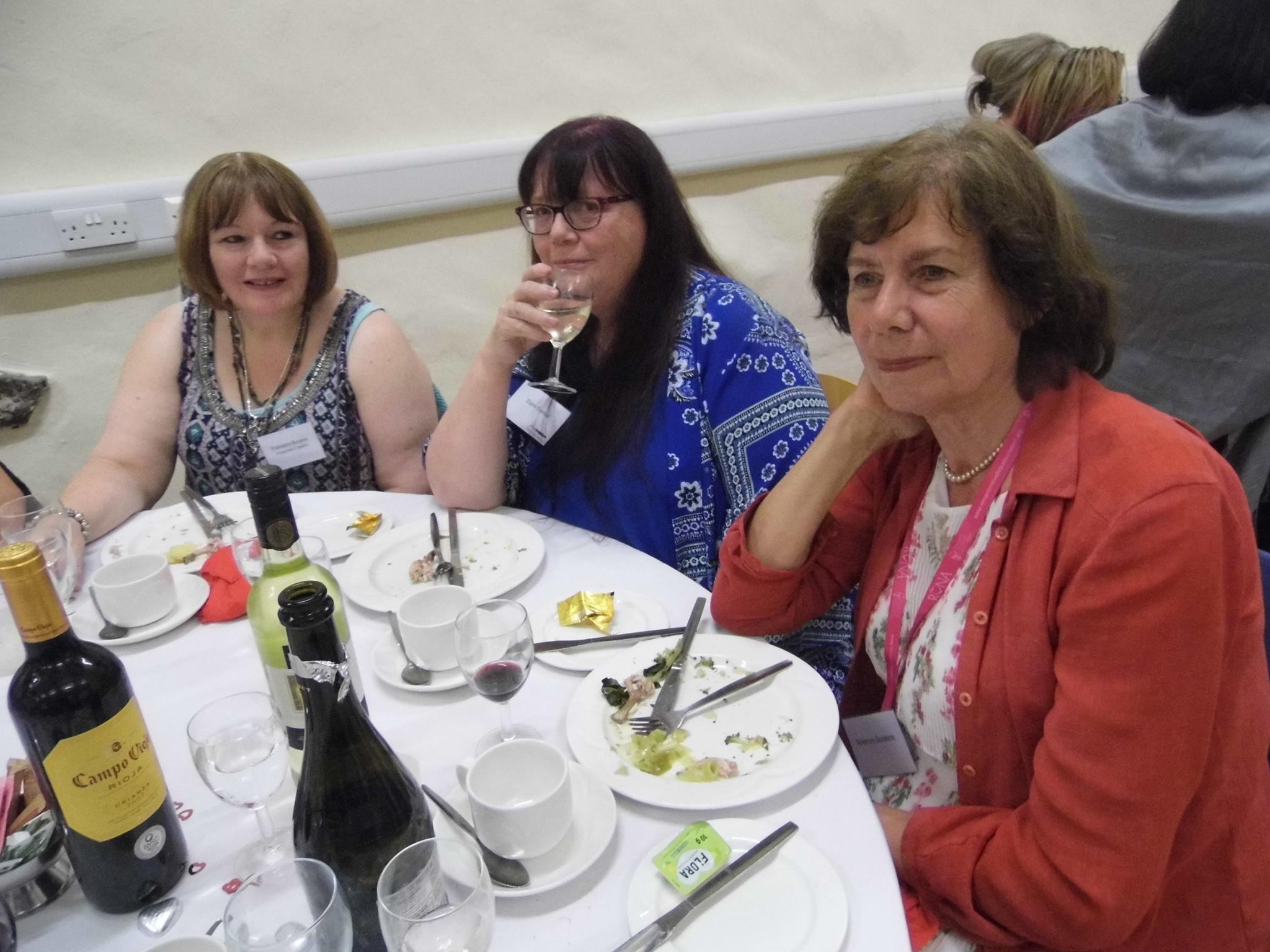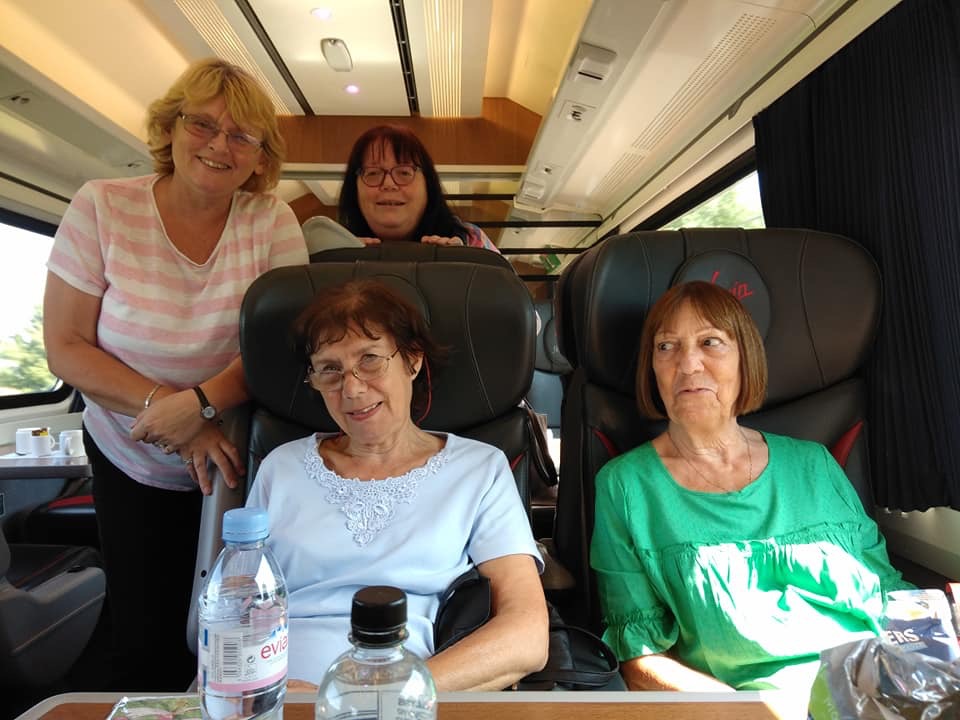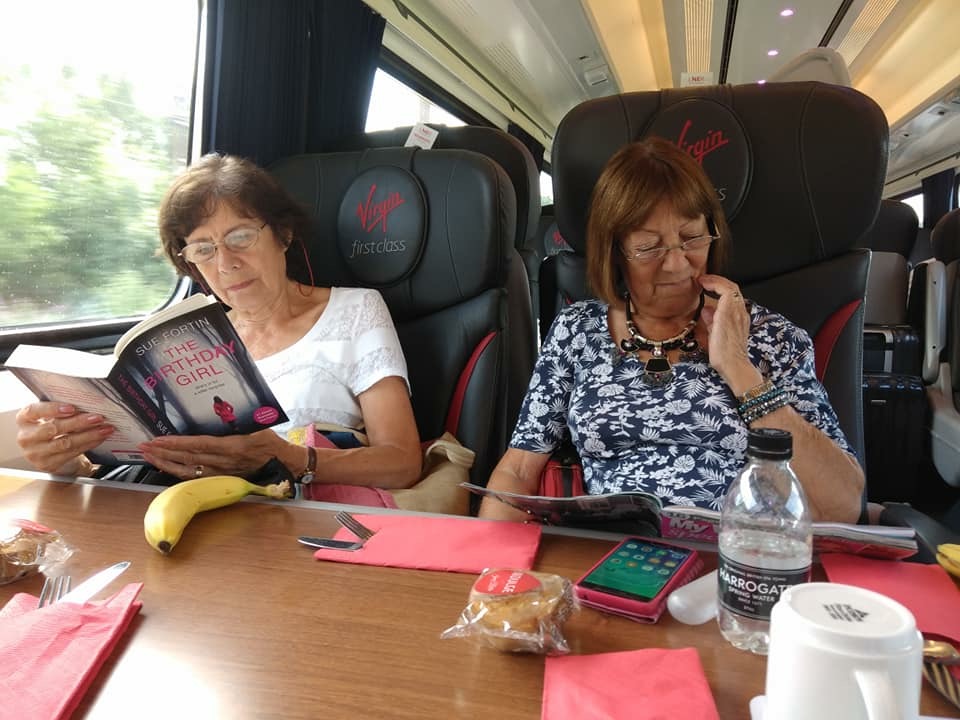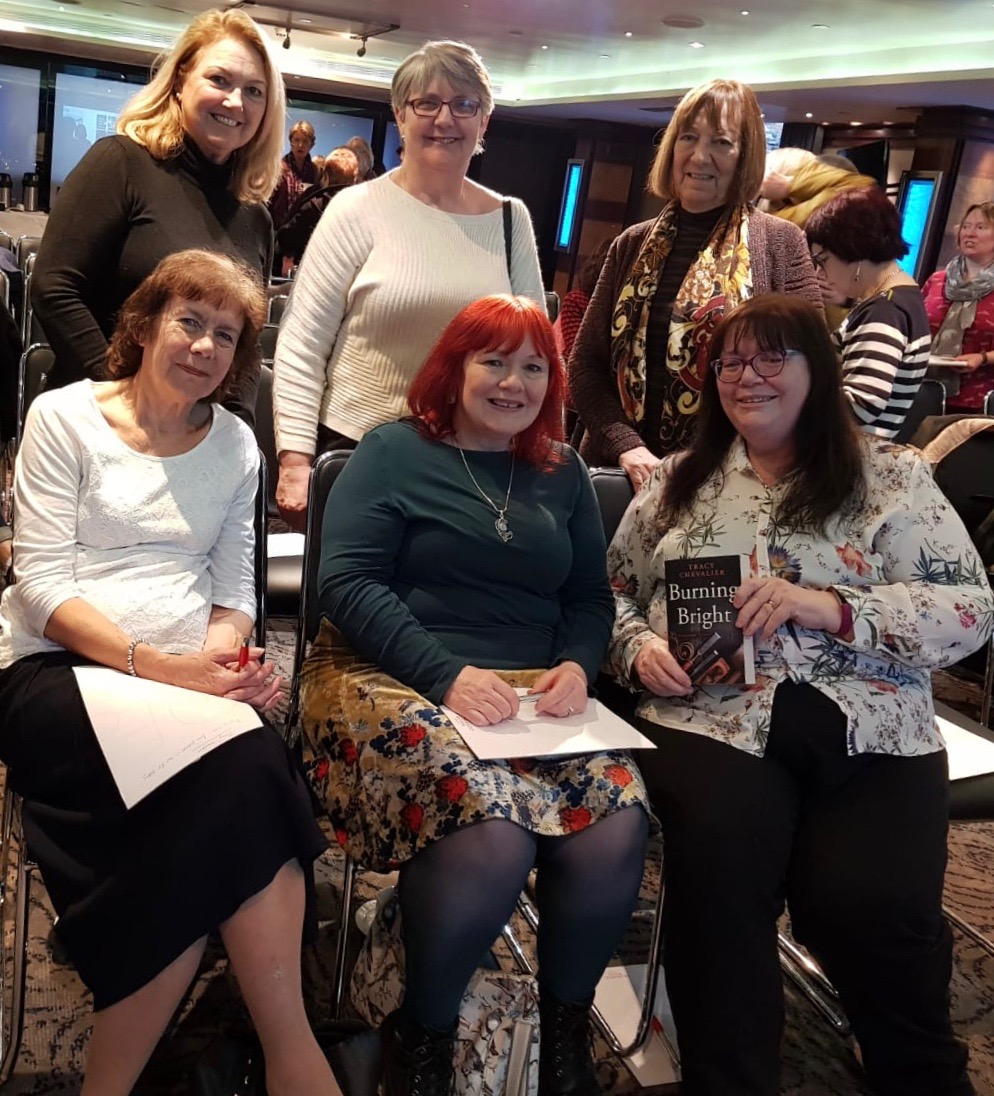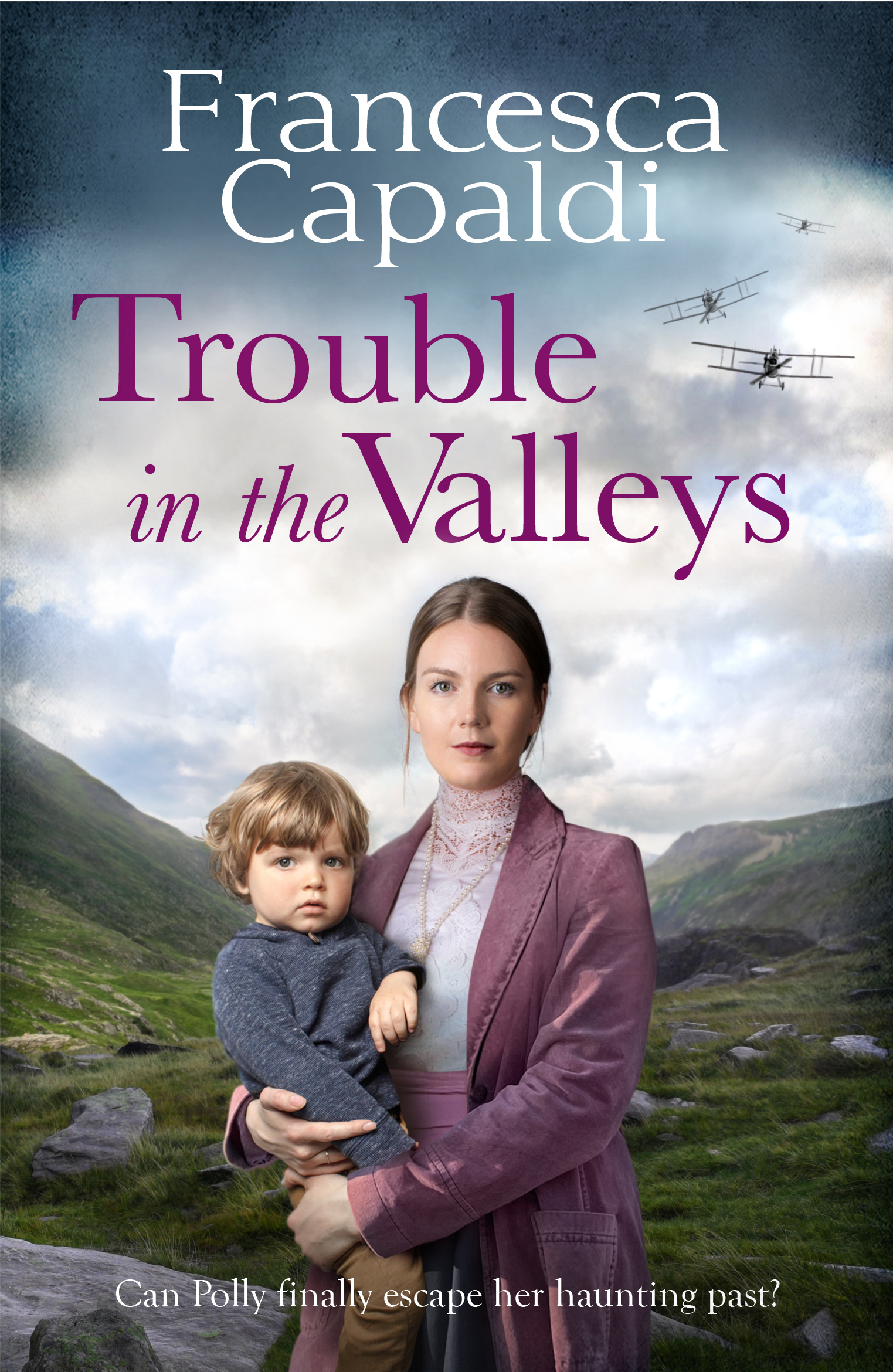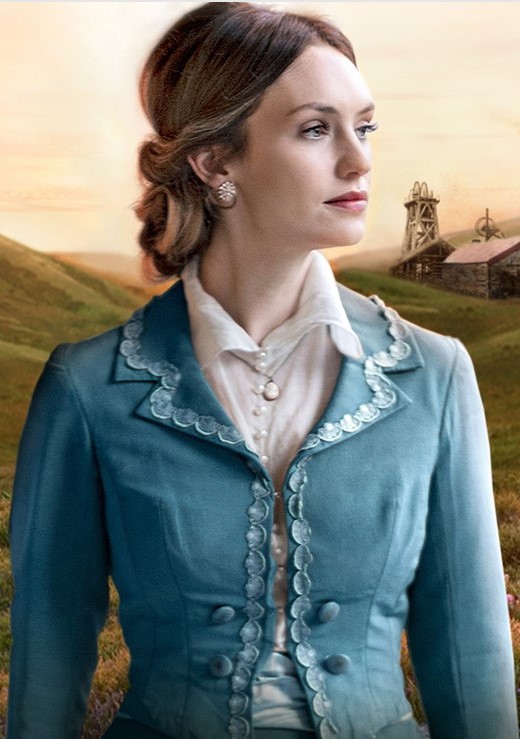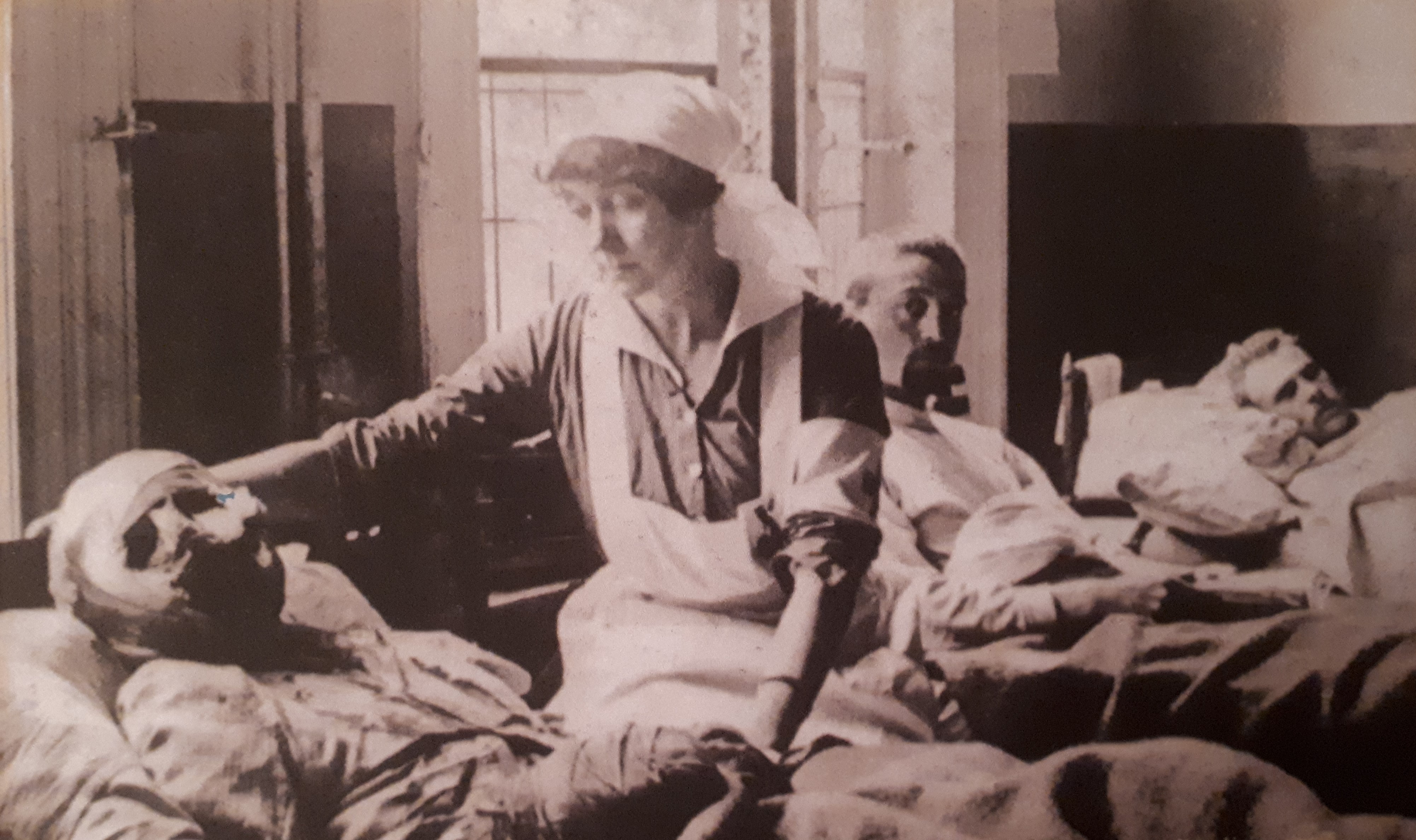Francesca takes a look at the different jobs that would have been carried out at the Beach Hotel in the 1910s
One of the first things I did before beginning my latest novel, A New Start at the Beach Hotel, was to have a look at the hotel’s entry in the 1911 census for Littlehampton. The novel starts in 1914, only three years later, so gives a good idea of the jobs done by the live-in staff.
My novel is largely fictional when it comes to the lives and loves of those working, or staying, at the hotel, as I’ve found little else about what went on there at that time, but I do try to be as realistic as I can nonetheless.

We find, first of all, that there’s of course a manager, an Arthur Gascoigne. I hope he wasn’t as snobby and unpleasant as Douglas Bygrove is in my novel!
On the census, there’s a housekeeper in her thirties. In the novel, the housekeeper is Mrs Leggett, somewhere in her forties, and rather stern. The duties of the housekeeper were to be in charge of the welfare of the various maids, to be responsible for hotel supplies needed and for settling those bills. She was often involved in hiring the various maids. She set out the pattern of work and rotas for each season, and was responsible for interior decoration. She often had a wide field of knowledge that included making remedies and basic first aid. Housekeepers were given the title of ‘Mrs’ whether they were married or spinsters.
The storekeeper on the census was a lady in her late thirties. In New Start, she’s a widow in her late fifties called Mrs Turnbull, from Tyneside (named after my late grandmother-in-law). Her duties would have included monitoring food and beverage levels, keeping an inventory and ordering stock when needed. She would have been responsible for the storage of items and the hygiene of said storage.
There was of course, a bookkeeper who would have kept on top of the accounts. We don’t get to see much of Ada Saltmarsh in the novel, as she’s a live-out, though the one at the real Beach Hotel did actually live in.
The post that intrigued me was that of nurse and midwife. I wonder how often she would have been needed, and what she did in between. Miss Bolton, in the novel, is certainly required on few occasions (so far!).

There are four types of maids recorded on the census entry: chambermaid, housemaid, staff maid and stillroom maid.
The chambermaids in the book (Gertie Green, Fanny Bullen, Lili Probert and Edie Moore, the main character) clean, tidy and polish the guest rooms, as well as making the beds. The housemaids in the hotel would have been responsible for cleaning of the rest of the rooms, those downstairs like the dining room and foyer. What a staff maid did I haven’t been able to find out. Cleaned the staff’s own rooms, perhaps?
The stillroom maid is Hetty Affleck, with Phoebe Sweeton as her next in charge. They would have made jams and pickles, preserved fruit in alcohol and produced various cordials, juices and squashes.
There’s also a barmaid recorded, two porters, a cook and a waiter. I’m assuming there were more of each than this, but I’m guessing they lived out. There is no record of scullery maids (Alice and Annie Twine in New Start), but I’ve no doubt the hotel would have had them. Helen Bygrove also has a nursemaid for her children, so she can help in the hotel.
Further down on the census, on a road called Norfolk Place, we’re informed that the hotel has a garage, run by an electrical and general engineer, who also lives there with his family. In the novels so far, the garage is only a place to store guests’ car. Next door, also part of the garage, lives the gardener (Mr Hargreaves in the novel – named after Jack Hargreaves, who used to present Out of Town on Southern Television, for anyone who remembers that!).

Reproduced with the permission of the National Library of Scotland
The staff are mostly not local, but have come from far and wide: London, Newport, Cromer, Gloucestershire, Devon, Dorset, Eastbourne, Wiltshire and Cork. There’s even a waiter from Germany, the inspiration for my waiter, Günther Schultz. It would be interesting to find out whether Fritz Hallmein, as he was called, suffered the same fate as Günther did in 1914.
At the time the 1911 census was taken (April 2nd), there were eighteen members of staff recorded on the census, yet only fourteen guests. Hopefully they would have been a bit busier a couple of weeks later, at Easter, otherwise I can’t see how the hotel would have survived into the 1980s, as it did!

Buy the book here (UK)
Links to books in other countries
Amazon:
Kobo:
Social Media:
